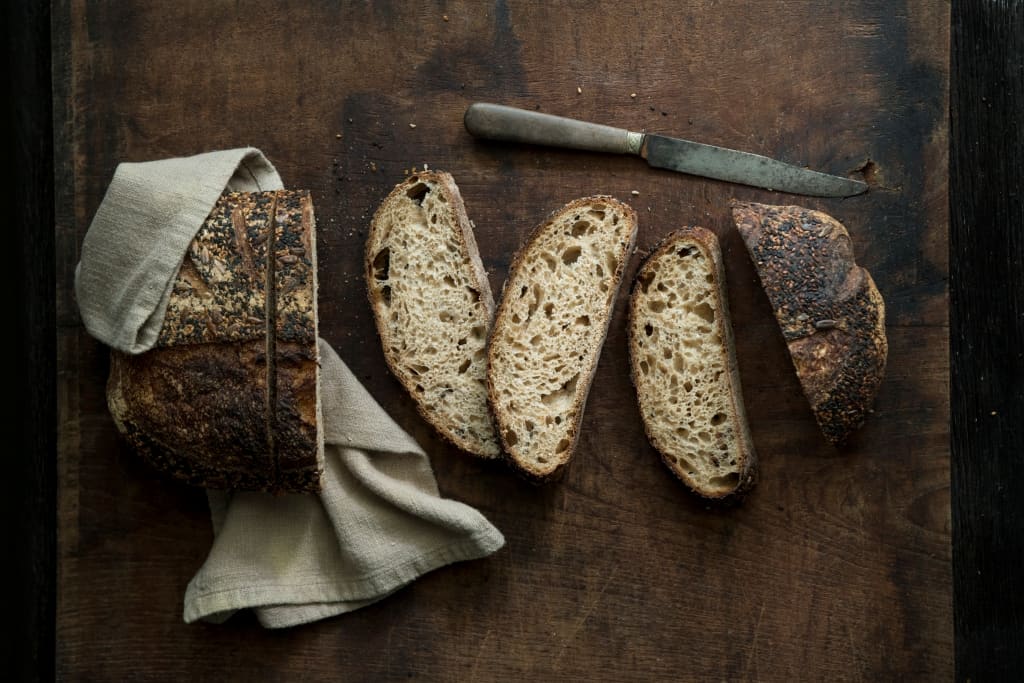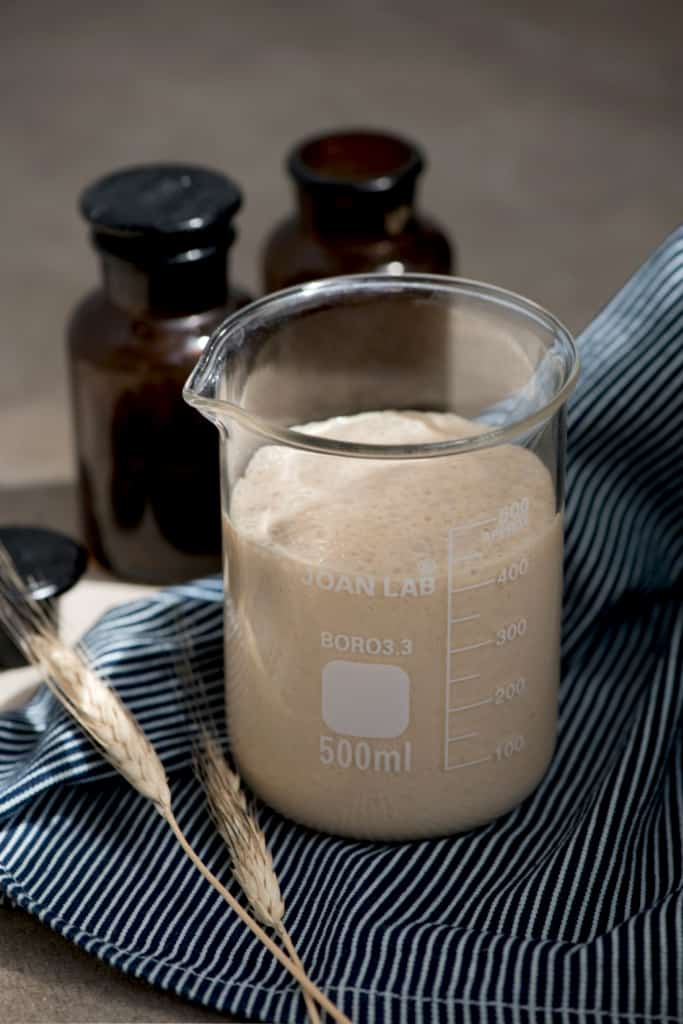
Sourdough bread is essentially made of water, flour, a sprinkle of salt, and time to allow the starter, a bewitching alchemy of fermentation between wild yeasts and lactic acid bacteria, to take place. It is the oldest form of naturally leavened bread, almost as old as our civilisation itself. It is known for its tangy flavour, rustic crust and moist porous interior.
It is also a gift to feed our bodies especially those who are sensitive to gluten. A research done in 2004 by Marco Gobbetti, a sourdough microbiologist, proved that sourdough breaks down gluten, making it easier for the gut to digest. Compared to breads baked using just yeast, sourdough is higher in fibre and vitamins, as a result of the slow fermentation process. Lactic acid bacteria remains from the fermentation process and continues to benefit the body with antioxidant benefits. It is certainly a reason why these rustic loaves are surging in popularity, as we recognise our need to eat better.
In comparison to a regular slice of white bread, sourdough is also lower in sugar, higher in protein and due to its live yeast culture, the bread doesn’t require extra preservatives to ward off mould. The Starter Lab, an artisan bakery in Bali and Singapore, shares its sourdough starter recipe.
Learn more about bread and baking in our May 2019 issue here.

Sourdough starter recipe
Ingredients
- 200g of filtered water
- 100g of whole wheat flour
- 100g of white flour
Method
Mix water, whole wheat flour and white flour in a glass or plastic jar. Stir to combine them together until the mixture has the consistency of a thick paste.
Cover the jar and place in a room temperature for 12 hours.
After 12 hours, bubbles may appear on the surface of the starter. Discard most of the starter, leaving only a little amount at the bottom of the jar and feed it again with the same combination of ingredients.
After 24 hours, bubbles should appear and the starter will start to smell like ripe, sweet fruit. The volume should increase as the starter is being fed.
Repeat the process by feeding every 24 hours, discarding most of the starter and feeding it with the same combination of ingredients for the next two to three days.
Tips
Do a float test to check the starter readiness. Take a teaspoon of starter and drop it in water. If it floats, then you are ready to bake bread.
